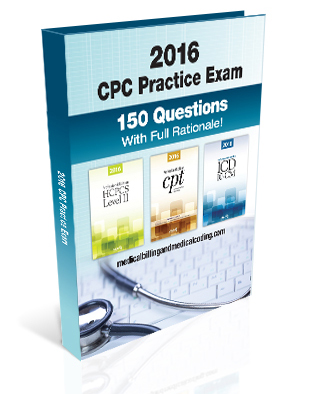The AFQT portion of the ASVAB Exam is the most important section. Scoring high on this section gets you into the different branches of the military. The minimum score varies by branch. If you want to get into the Coast Guard or Air Force, you need a higher score than you would, for example, the Army. You also need a higher score to qualify if you have a GED instead of a high school diploma.
Make sure you understand the minimum score needed to get in to the branch that you desire. This will help you to determine how much you need to study. If you really want to get into the Coast Guard, you had better plan on spending a lot of time studying for the AFQT.
The AFQT section of the ASVAB consists of four sections - Word Knowledge, Paragraph Comprehension, Mathematics Knowledge and Arithmetic Reasoning. You should first get a study guide that contains these areas. Next, take a practice test and figure out where you need to focus your studies. The areas where you did not do well will be where you will spend the most time studying.
The Word Knowledge section tests your knowledge of vocabulary. It is a multiple choice test and will give you a sentence with one highlighted word. You are required to find the word that means the same thing from four possible answers. You should first eliminate the answers that you know are incorrect. Next try to figure out which word best fits the meaning of the sentence. This method will help you to increase your score.
On the Paragraph Comprehension section, you are required to read a short passage and answer the following question(s) related to that passage. This may include what the overall meaning of the passage is, the author's intent, what negates the passage etc. Practicing these types of questions will help you to increase your score on this section.
The Mathematics Knowledge section of the AFQT Exam tests you on your overall math skills. This includes addition, subtraction, algebra, area, perimeters, distance, etc. It does not include advanced math. This section will give you a math problem and you will have four to five choices to choose from. Scoring high on this section is very important so brushing up what you learned in high school math is a must.
The last section of the AFQT Exam is Arithmetic Reasoning. This section will give you short word problems that you will have to solve. You will need to know the above formulas in order to solve many of these problems. This also includes calculating interest, ratios, calculating a profit, etc. Being able to check your work by plugging in the correct answer will help you to score high on this section of the exam.
As you can see, the AFQT portion of the ASVAB Exam is important to your success in the military. Studying this section will increase your overall ASVAB score and guarantee your success in the military.
If you need to pass the ASVAB Exam, you will need a good study guide to get a high score. Click on the following link for more information: ASVAB Exam Study Guide [http://www.armedforcesexam.com]
Article Source: The AFQT Portion of the ASVAB Exam - Improve Your AFQT Score
